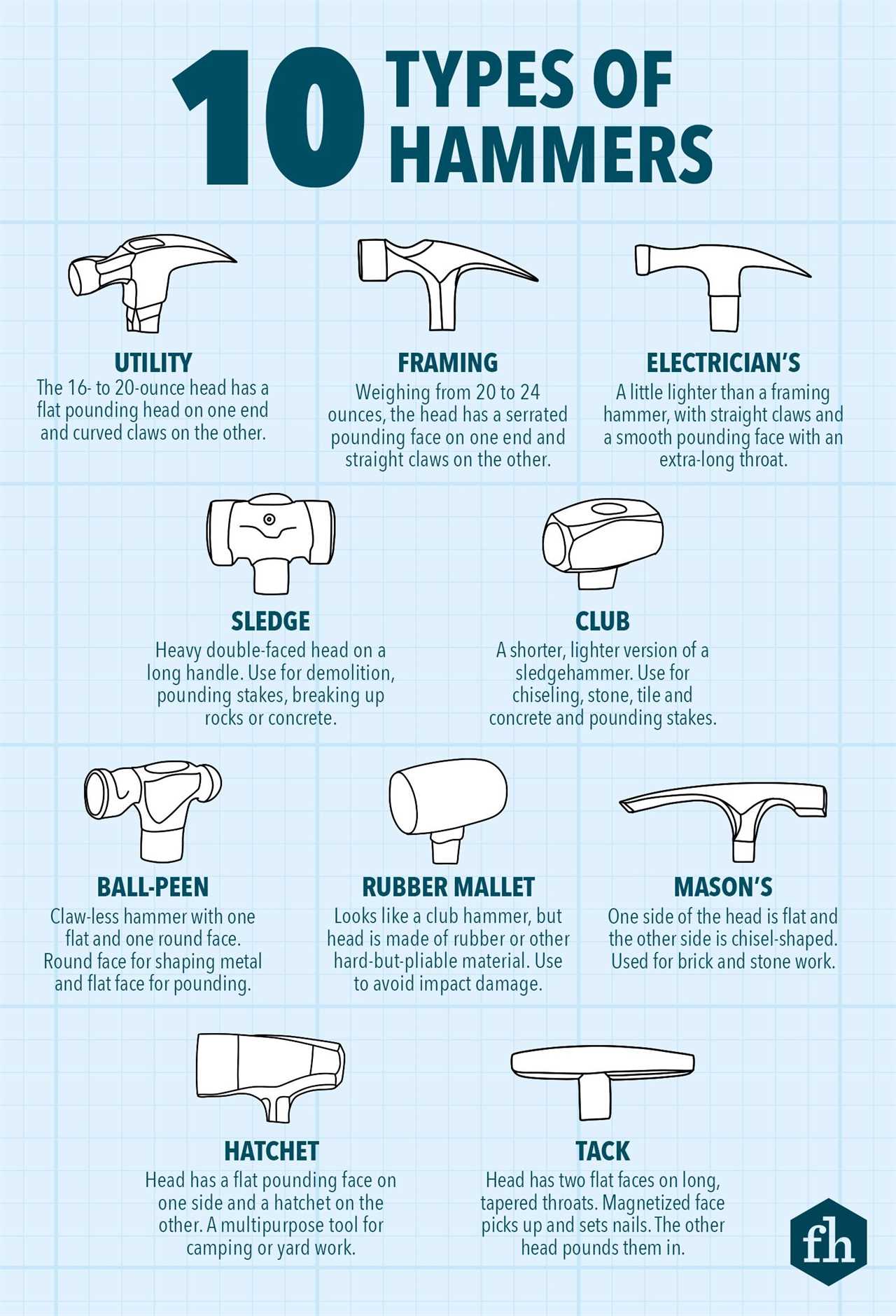
Choosing a Hammer
Whether it’s used for pounding, tapping, driving nails or pulling them out, tradespeople and DIY home improvement enthusiasts alike need hammers.
Considering what a simple tool it is, it’s amazing how many types of hammers you can find. A complete list of hammers would have more than 30 types. If you include Thor’s hammer and Maxwell’s silver one, the list gets even longer.
Here, we’ve narrowed the list to the best hammers for home repair and light construction.
Parts of a Hammer
Hammers vary in obvious and subtle ways. To really understand the differences, it helps to know the basic parts. A hammer has more parts than you might expect!
- Handle: The length determines the leverage, the thickness determines how easy the hammer is to hold, and the material determines durability. The most common hammer handle materials are wood, fiberglass and rubber-encased steel.
- Head: This is the business part of the hammer. The shape and weight of the hammer head largely determine its usefulness for particular tasks.
- Face: The part that contacts the surface you’re pounding. Hammer faces vary in size and shape. Some are serrated or textured, and some are smooth.
- Throat: This connects the face to the rest of the hammer head. It may be long or short. Ot, in the case of a sledgehammer, there may not be one at all.
- Neck: The part that connects to the handle. Length and diameter vary from hammer to hammer.
- Eye: This is the part of the head that slips over the handle. Hammers with wooden handles, as well as some with steel handles, have eyes.
- Cheek: The side of the hammer head. The cheeks of some hammers — particularly Japanese ones — can be used for pounding when you’re short on clearance.
- Claws: If a hammer has claws, they extend outward from the rear of the head. They can be straight or curved, and the ends may or may not taper to points.

Did you miss our previous article...
https://rsssuperfeeds.com/life-hacks/11-ways-to-never-lock-yourself-out-of-your-house-again






